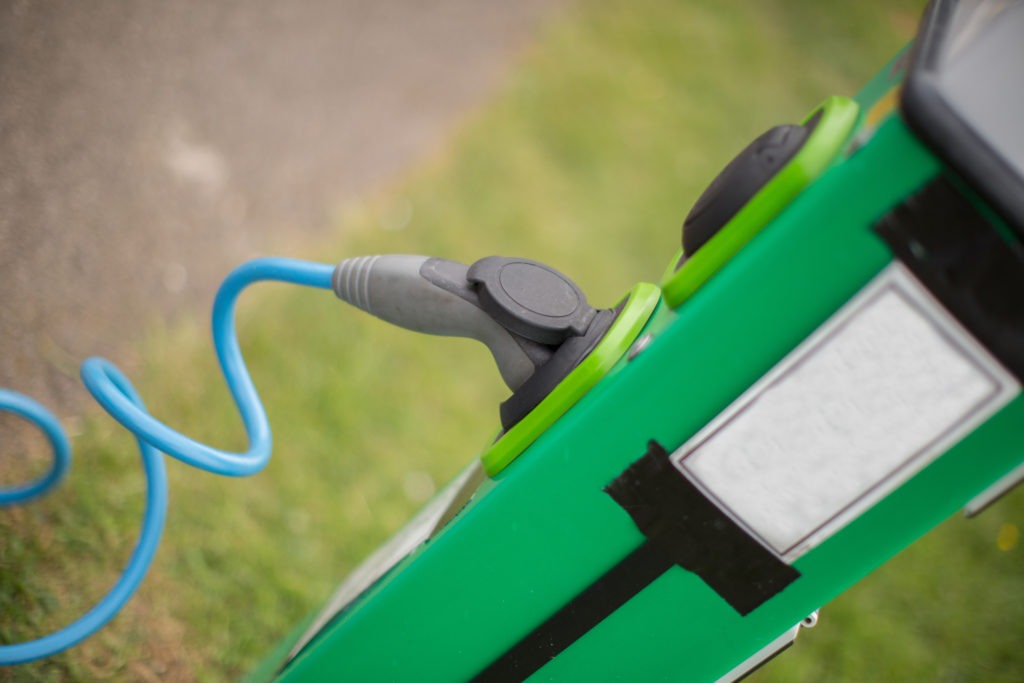Electricity supply and distribution holding back UK EV rollout
07 January 2020

7 January 2020
The state of the supply and distribution network for supporting electric vehicles in the UK has come into question with criticisms coming from the motorway services sector. Simon Turl, the executive chairman of motorway services company Roadchef has commented in a Financial Times interview that his business’s efforts to add power-charging services for electric vehicles (EV) is being stymied by extremely long waits for distribution network suppliers (DNOs) to provide new power cables.
While there is significant growth in sales of electric vehicles in the UK – albeit from a very low base – power supply and availability of charging points is being seen as a hurdle that could negatively impact the rollout of EVs and achievement of emission-reduction targets.
Waiting times
Turl suggested in the FT that the wait can be up to three years for DNOs to conclude installation and that the issue is not about funding or cost to the state. He said that at times, the power network in the UK appeared to be ′not fit for purpose’.
Speaking to Autovista Group, Turl added: ′As a leading motorway service operator, we are always looking for ways to make the roads safer and happier. This includes supporting the move towards decarbonisation and helping to increase electric vehicles by ensuring we have rapid-charging points to compliment the fast-charging facilities at each of our 30 service areas.
′We are ready to install these chargers at no cost to the state as soon as distribution network operators can deliver the required power upgrades at a viable cost. It is important providers such as Roadchef, government and DNOs work together to ensure this can happen.’
‘The cost of large-scale (e.g. 1MW upwards) grid connections for ultra-fast EV charging installations is one of the challenges that, as an industry, we need to be able to address to make it more of a level playing field,’ adds Tom Callow, head of external affairs at BP Chargemaster.
‘Currently, a new connection that takes any existing local grid capacity over a certain threshold resulting in significant reinforcement work being required incurs all of the cost of that reinforcement upfront, with any subsequent new connections paying a much lower cost as the upgrade work will have been done. We need a fairer way of dealing with these upgrades – which will no doubt be necessary at many if not most motorway sites – to ensure that one party is not obliged to bear all of the cost.’
Grid update
Nearly two years ago the National Grid said it would develop a fast-charging network for the motorways in the UK. A total of 54 sites have been identified for ultra-rapid chargers. The Grid says that the locations would mean that 99.6% of drivers would be able to drive in any direction from any location in the UK and be within 50 miles of an ultra-rapid charger.
The chargers would provide up to 350KW of power and would allow a driver to charge their car in five to 12 minutes, an improvement on the 20 to 40 minutes it currently takes. That would make electric charging comparable to the seven minutes it currently takes on average to fill up a petrol car. If 100 chargers were installed on each of the chosen motorway sites, it would equate to about 35MW of electricity ″” enough to power 14,000 homes. The National Grid was not available for comment.
In January 2019 it said in its document ″Supporting the growth of electric vehicles″: ″Of the MSA [motorway services) sites which prove most economical for a direct transmission connection, 90% could be supplied from existing National Grid substations, reducing the requirement for wider reinforcement works and therefore minimising the cost of delivering this much-needed EV infrastructure. This also aligns with the energy regulators ambitions to ensure networks companies make economic and efficient use of their existing infrastructure.″
BEV growth
Combined alternatively-fuelled vehicle (AFV) registrations surged to take a record 7.4% market share in 2019. Hybrid-electric vehicles (HEVs) continued to dominate this sector, with registrations increasing 17.1% to 97,850 units. Battery-electric vehicle (BEV) registrations experienced the biggest percentage growth, rising 144.0% to 37,850 units and overtaking plug-in hybrids for the first time, according to data just published by Autovista Group and SMMT.